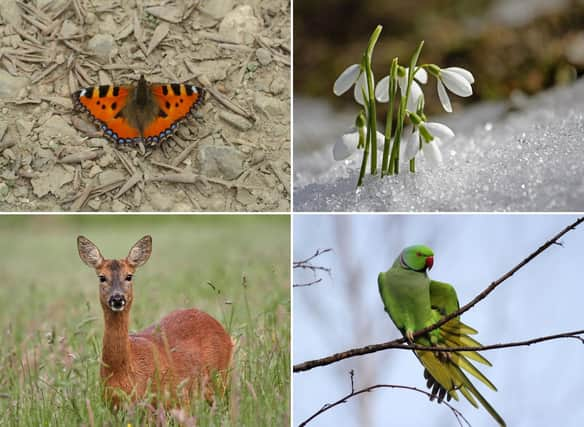Temperatures are still cold until March heralds the start of spring – with average temperatures struggling to get above 6C – but it’s still possible to spot butterflies, flowering plants and many of Scotland’s most iconic creatures.
Indeed, the lack of leaves on deciduous trees means that animals that tend to be hidden by plentiful foliage during the rest of the year are easier to see.
Meanwhile, the relatively low levels of tourism at this time of year mean that you have a greater chance of getting wildlife spotting destinations all to yourself – with more chance to catch shy creatures that generally give crowds of humans a wide berth.
So, when you’re out and about Scotland this February, here are the sights and sound you should be looking out for.
Read more:
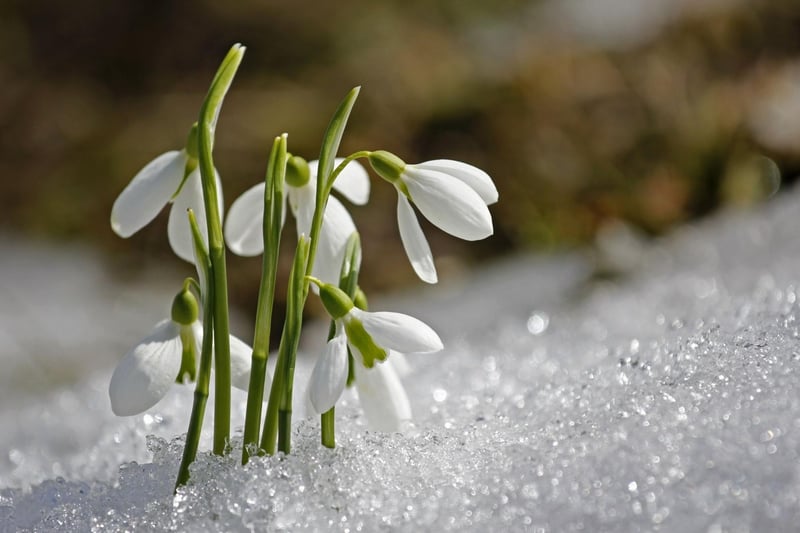
1. Take a snowdrop walk
As recently as the 1950s you'd be lucky to see a blooming snowdrop until early March. Milder winters have meant that the pretty flowers can now be seen by late January, while February is the best time to see them create stunning blankets of white. They tend to grow in light woodland and there are plenty of places across Scotland where you can go for 'snowdrop walks', including the Cambo Estate, in Fife, which boasts over 200 varieties, including many rarities. Photo: Canva/Getty Images
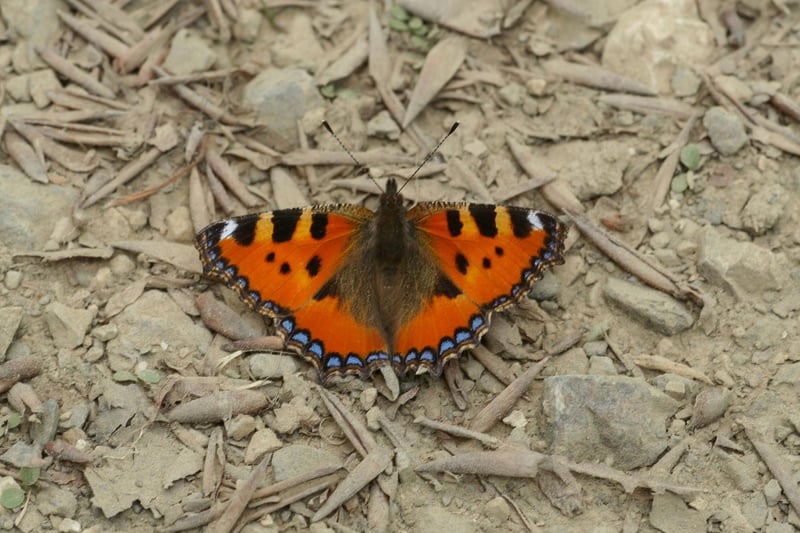
2. Spot the first butterfly of the year
Many people presume that butterflies only start to emerge in spring, but there are a few Scottish species that overwinter as adults and will take to the wing on a mild and sunnny day. They include some of out most beautiful insects, such as the Small Tortoiseshell (pictured), the Peacock and the Red Admiral. Photo: Canva/Getty Images
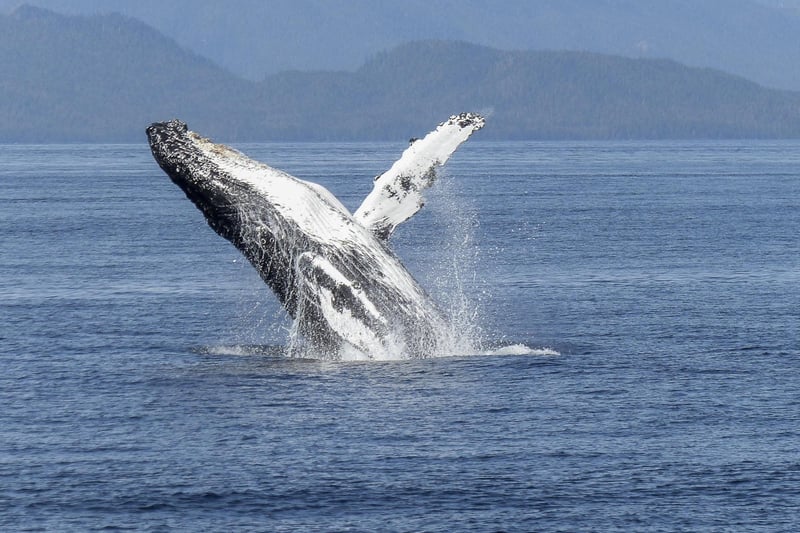
3. Marvel at a giant of the deep (if you're very lucky)
The majestic humpback whales is a migratory visitor to Scottish waters and can arrive as early as February - last year one put on a show in the Firth of Forth. Even if you don't see one, there are still plenty of other sea creatures to look out for. A walk on the Fife Coastal path, for instance, can result in sightings of resident dolphins and minke whales, along with adorable grey seals bobbing on the waves. Photo: Canva/Getty Images
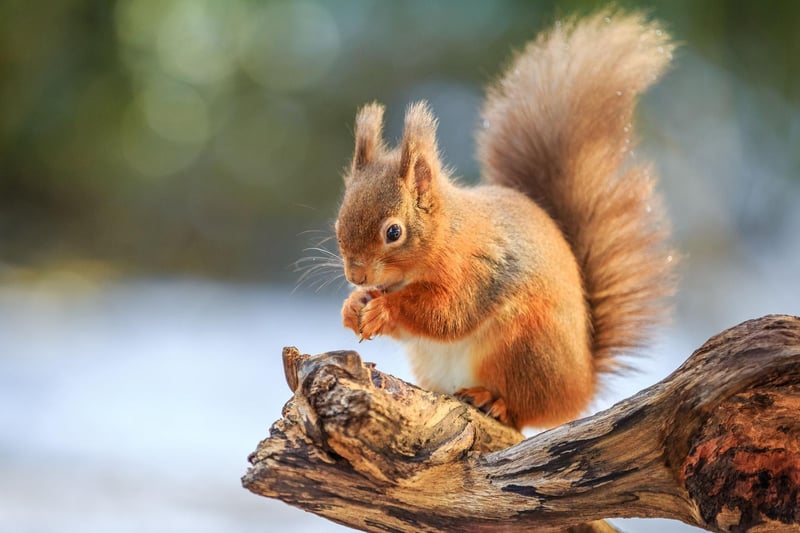
4. Enjoy the playful antics of a Scottish icon
Many people presume that red squirrels hibernate during winter, but this iconic Scottish animal is actually active all year round. In fact, in common with the parakeet, it can be much easier to see them when many of the trees are foliage-free. There are no shortage of places to go to see them - from Pitlochry in the Highlands, to Eskrigg Nature Reserve in South West Scotland. Photo: Canva/Getty Images
